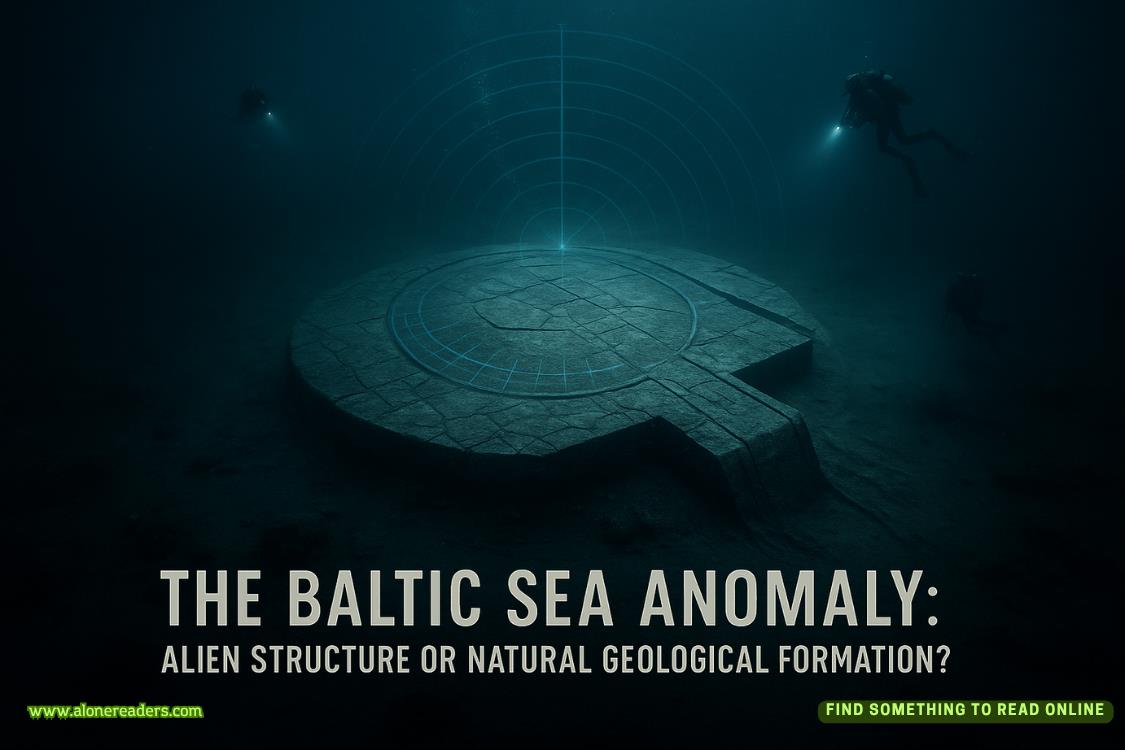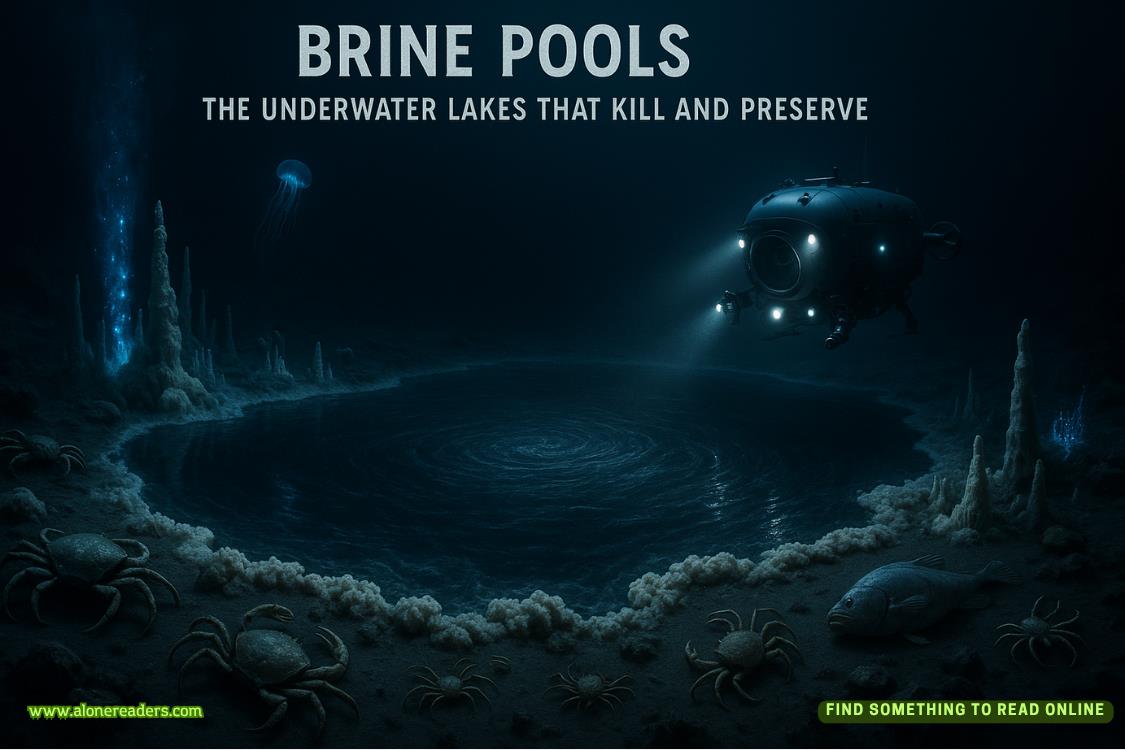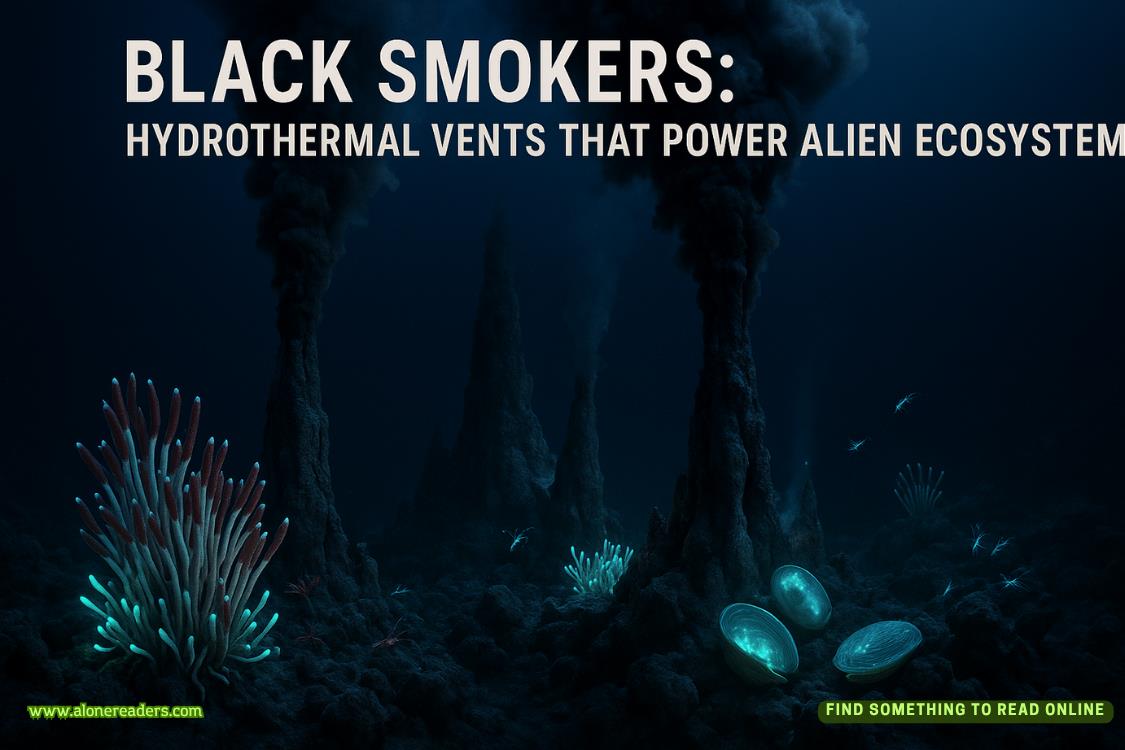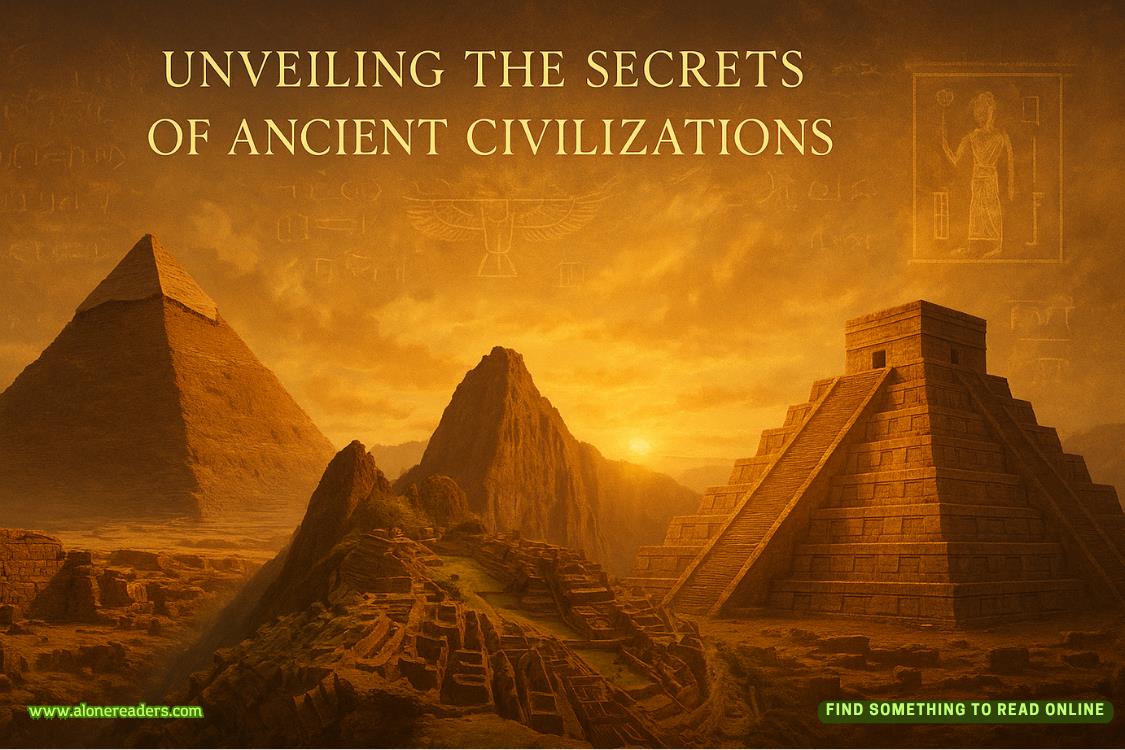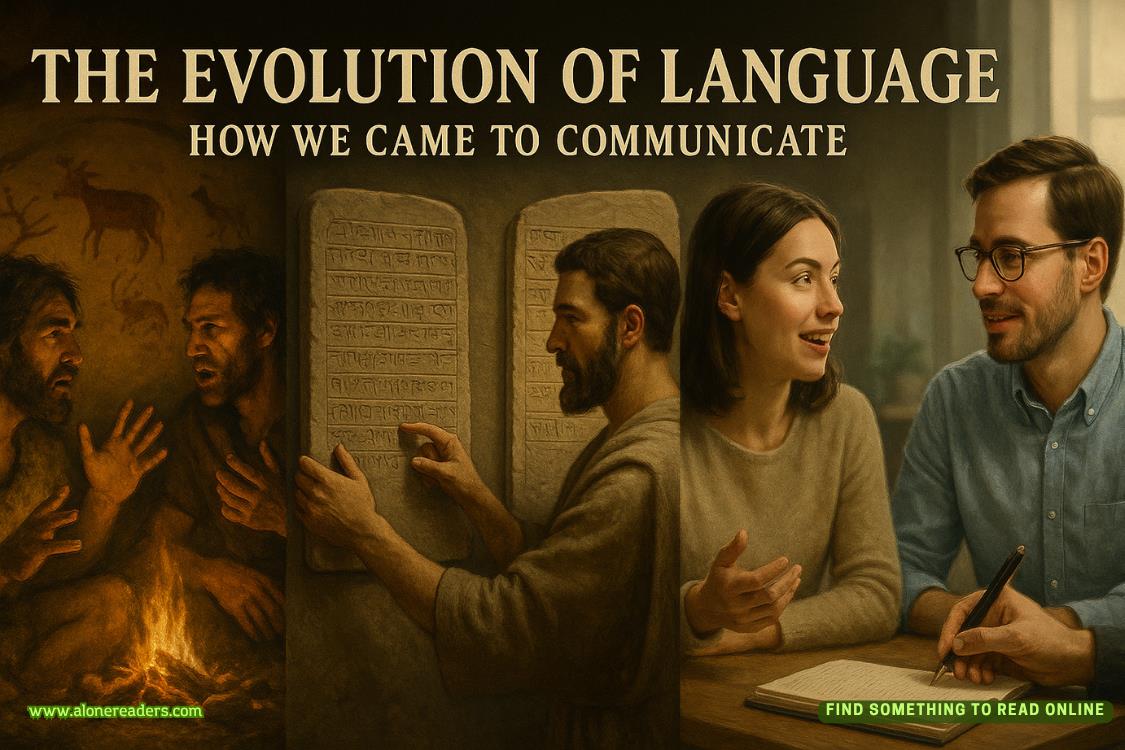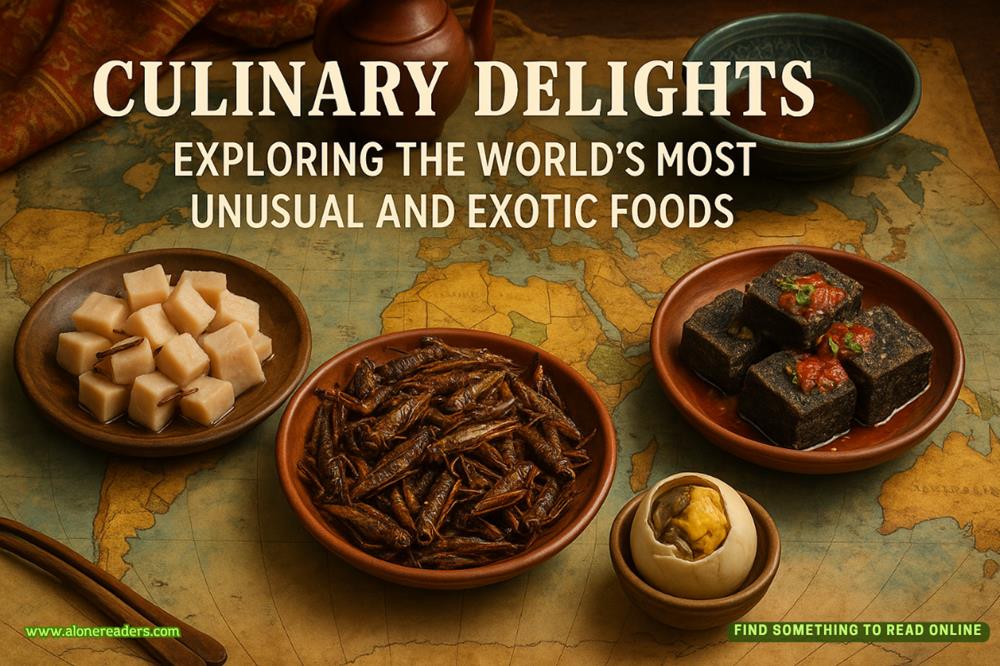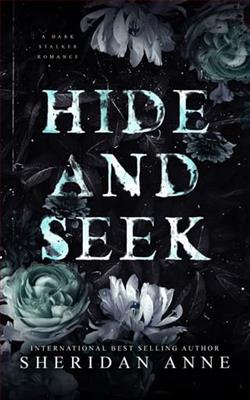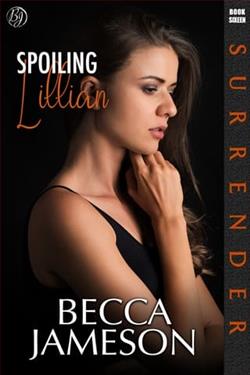Page 74 of One Summer
She turns to a door on the left, marked NO ENTRY, and pushes it open.
Sixty-One
Chamber
The door opens to reveal a softly lit chamber with a roaring log fire, finely upholstered chairs and dark wood tables. It looks like someone’s parlour from a hundred years ago. It’s nothing at all like the sparse main bar with its minimalist furniture and magnolia walls. In here, there’s even a vintage jukebox and an old pinball machine.
‘Locals’ bar,’ Betty says, grinning.
‘But it said no entry on the door?’
‘Well, we wouldn’t want people coming in. It’s for the workers.’
‘You mean the pub workers?’ I say, and she rolls her eyes. Obviously, I’m not getting whatever she’s trying to tell me.
‘The people who work on the island. Who make the magic happen for the tourists. It’s a perk just for them.’
‘Is that allowed?’ I say, wondering if it’s even legal to exclude holidaymakers from a business.
‘It’s Maud’s pub and what she says goes. Anyway, it doesn’t specify anywhere in writing that this part is only for locals.’
‘Right,’ I say, looking around the cosy room. ‘But only the locals know about it…?’
‘True,’ she says, reflectively. ‘But Maud swears blind that nobody has ever asked what’s behind the sign. People respect a “no entry” when they see one.’
The room is cluttered with trinkets, books, jigsaw puzzles, dried flowers and craft projects on every available surface, but it’s clean and welcoming, and it reminds me of home. The people who come in here don’t care about impressing visitors or a certain style aesthetic. They’ve filled it with all the things that bring them joy and, as I look around, I can feel my shoulders relaxing. Not least because it occurs to me that Max would hate absolutely everything about it.
My eye is caught by Goodithea and Radigon, both of whom have tiny sherry glasses on the table in front of them. They also have knitting in their laps, but they appear to be playing some sort of game with a king’s ransom of pound coins. I can’t quite work out how the game works but they’re turning the coins over, one at a time, in a state of great anticipation.
‘Workers?’ I say to Betty.
‘Some of the original Loor workers. Goodithea and Radigon both started working on Loor when they were seven. Built up quite the pension by now.’
‘They’re surely not… still working, are they?’
‘Only for pin money. Goodithea does macrame and Radigon knits heavyweight blankets; they sell like hot cakes to tourists at the Loor Craft Fair. They make quite a bit of cash in the high season.’
‘You wouldn’t think people would buy blankets in high season,’ I say. ‘It’s not exactly a summer product.’
‘It’s always cold here in the evenings,’ Betty says. ‘And when else are people going to buy handknits crafted by hundred-year-old women? Their longevity gives their work a USP. Anyone can buy a hand-crafted product, but it’s not everyone who can say theirs was made by a Loor centenarian. That’s an extra 25 per cent of added value right there.’
I can’t argue with this. Henny would be right in there handing over her fifty-pound notes. Max wouldn’t be far behind, if he thought it could give him bragging rights on social media. He’ll probably get one if he comes here with Greta.
Betty breaks my depressing train of thought by telling me how there’s a bond forged through the hardship of living on Loor, through the bitter winters and the influx of tourists who come and go in the high season on a tidal wave of spending money and stress.
‘The islanders can’t manage without the tourists, but living with them is no picnic either.’
‘I grew up in Cornwall,’ I say. ‘I get it.’
‘I thought I detected a bit of a Cornish accent in those Rs,’ she says, smiling at me. ‘I like you even better now.’
She tells me how Loor is an even more extreme version of mainland Cornwall. How in the old days, there was sheep farming on the island and fishing, but no other real industry. When the tourism started up in the late Victorian era, there was no stopping it. People liked the romance of an island stuck in the Atlantic on its own – British on paper but strongly independent in its identity. A place with standing stones and burial mounds.
‘There’s so much history in this island,’ Betty tells me proudly. Fine Mesolithic tools just waiting to be found in the shingle of the beach, where once a prehistoric person had used a stone-tipped spear to catch fish, and tiny flint flakes to gut them.
The workers and servers get to live here all year round, but only the very wealthiest tourists are able to visit for more than a day. Nobody else can afford the hotel accommodation. Wild camping happens, with disposable barbecues left buried in the sand, beer bottles and litter strewn everywhere, Betty explains, but never for very long, because the island has its own way of dealing with the disrespectful. The moment the illegal campers leave their tents, the tents disappear, taken by who knows? Or maybe blown over the cliff? And then they’re left to catch the ferry back to the mainland unless they fancy a windy and probably wet sleep under the stars. Nobody does that for more than one night, Betty assures me.
‘We don’t want anyone here, is the truth of it, but we certainly don’t want polluters and litterbugs.’
